Nicht lieferbar
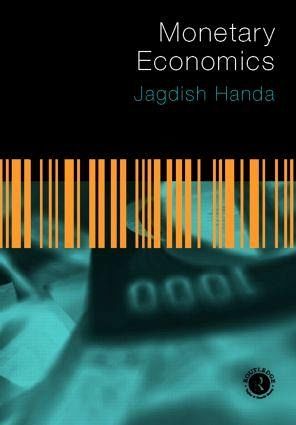
Monetary Economics
Versandkostenfrei!
Nicht lieferbar
Weitere Ausgaben:
Students will in particular welcome the close integration between theories and their empirical studies. Requiring only a grounding in the principles of economics, this text is comprehensive enough to be used on a two term course, or used selectively on one term courses. Written in such a way that the theory of monetary economics is tempered by the goals of empirical relevance and intuitive understanding, the book contains the following pedagogical features: beginning of introductions and key concepts; end of chapter summaries plus review and discussion questions. Monetary Economics will be of interest to teachers and students of not only monetary economics, but money, banking and macroeconomics.
A comprehensive overview of advanced monetary economics, integrating the presentation of monetary theory with empirical formulations and their empirical tests. Unlike most texts this book brings together in a single unified source the core areas of monetary economics. Key features include: * cross-country comparison of central banking in the US, UK and developing countries * theories and empirical studies on money demand, including precautionary and buffer stock models and monetary aggregation * detailed comparison of Keynesian and modern classical macroeconomic theoretical and policy models * a focus on the role of money and financial institutions and growth.






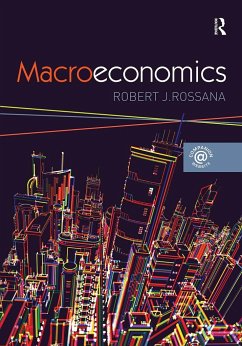

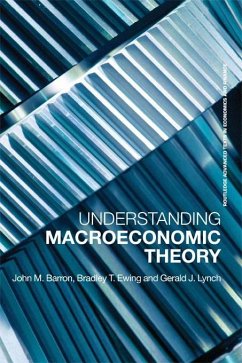
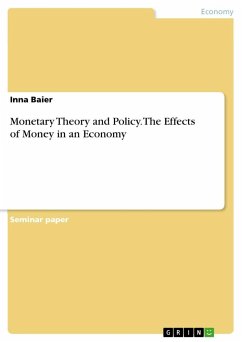
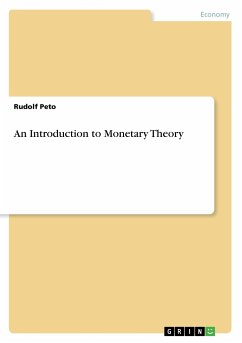
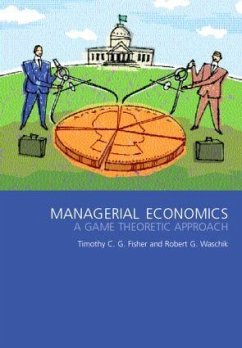
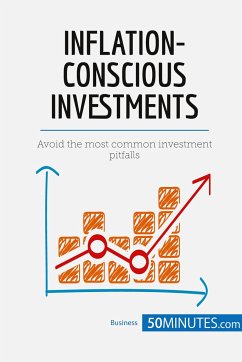

![Report on the Gypsum Deposits of the Maritime Provinces [microform] Cover Report on the Gypsum Deposits of the Maritime Provinces [microform]](https://bilder.buecher.de/produkte/66/66195/66195199n.jpg)